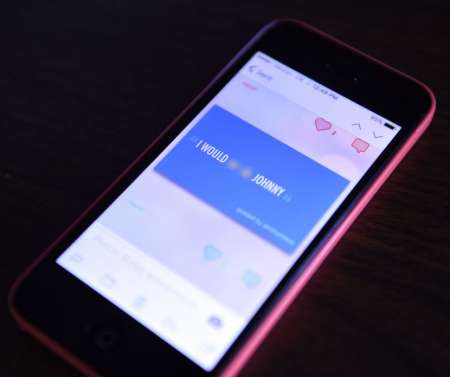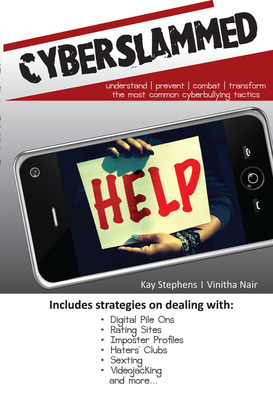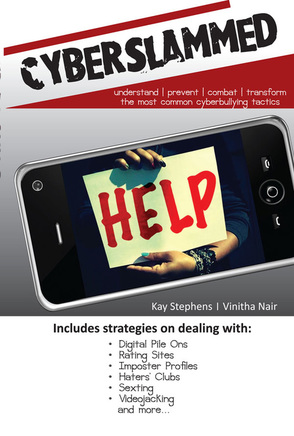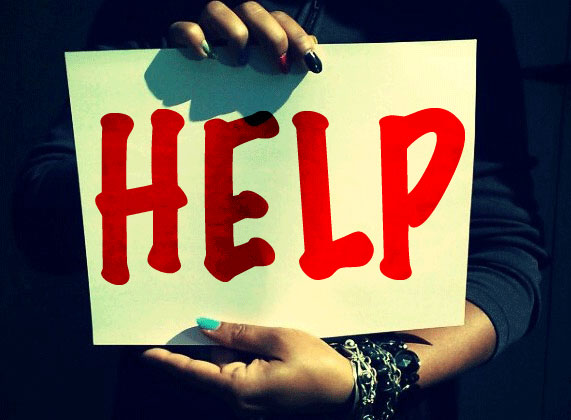As we always say: same tactics: different technology. After School is an anonymous Rating Site, which allows users to make lewd sexual comparisons about their classmates with zero consequences. According to the story, the "...widespread use of the After School app has left a vicious mark of bullying in its wake — along with a lot of sex talk that includes the names of students and educators."
Posts on After School message boards tied to other south-central Idaho schools have included nude photos of students, derogatory comments about appearance, name calling and comments about students’ body parts."
If you are a parent, you should already be having a conversation about what apps are unacceptable to download with your teen, especially if you own their phone. Click here on expert advice on how to have The Conversation as well as smart tools to prevent cyberbullying on your teen's phone.
Schools and parents need to know if they try to download the app, they will find it requires student verification in the form of a student identification card or driver’s license. The app logs in the student through his or her Facebook account, which makes deleting it more difficult.
If you need to know how a Rating Site occurs (one of our six most common cyberbullying tactics, buy our Parent's Guide To A Rating Site on Kindle or purchase a softcover copy of Cyberslammed, our award-winning cyberbullying book.






 RSS Feed
RSS Feed